When it comes to recycling, Germany is well-known for being ahead of the game in comparison to many other countries throughout the world, and especially in Europe.
On the one hand, the Germans have the Gelber Sack which is used to stuff all your recycling. But, probably one of the best systems implemented by the Germans is the Pfand System.
First, let’s explain what the system is. Pfand, in German, stands for “deposit”. Whenever you purchase an item that has a “Pfand”, you are purchasing an item that requires a deposit. In other words, although the price is shown may be 1.25 Euros, you will pay 1.50 Euros and the 25 cents are considered the deposit.
It is a common sight to see someone going around and picking plastic bottles. This is because you can return most PET bottles and get the refund.
Remember when you were at that last festival (although it seems like it was forever ago) and you saw someone going around picking up all the remaining plastic bottles? Although it may have been out of the kindness of his or her heart, it was most likely to make an income. An income, you ask? That’s right– you can make some serious bucks just by bringing back your bottles. Let’s look into recycling a bit more!
The idea behind this is simple: tackling the wasteful usage of plastic bottles, especially as they tended to simply be thrown out and left unrecycled prior to the implementation of the Pfand System. So, most bottles, unless they don’t “contain” Pfand, will have a deposit of between 5 and 25 cents. Add four of them up and you’ve got a full Euro!
The Pfand System is only one of the great things about German recycling. However, to give you an idea, Germany produces over three million tons of plastic packaging waste yearly, of which just under 40% is recycled. Having said that, Germany still has amazing recycling options.
- Glass
Recycling glass is usually one of the easiest things to do in Germany simply because it is made easily available to most. Unless you paid Pfand on your glass bottles, such as on beer bottles, the glass containers you have go into glass recycling bins. These are usually found anywhere near your accommodation– there are bins for this in every neighbourhood. Even if it is full, you can always leave the glass near the container and it will be picked up. The bins are also separated into white, green, and brown glass, so make sure to put the item in the right bin.
- Recycling Packaging– The Yellow Bin
Other bins may include green, blue, yellow, brown, and gray bins. However, each city may have a differing system, so make sure to do your research before you put the items in the wrong place. The yellow bin is usually for recycling packaging, but if there aren’t any bins, you will need to use the “gelber Sack” which is a specific bag for your recyclables and may need to simply leave it out in the community-decided spot for all the gelber Säcke. Make sure to clean the packaging as they will be sorted by hand and also leave each on their own; don’t put a plastic cup in a metal tin.
- The Blue Bin
The blue bin is simply for all paper-related items, including paper, cardboard, newspapers, magazines, waste paper, paper bags, and so on. Again, if you do not have a blue bin anywhere near you, there will most likely be a community blue bin near the glass bins.
- The Brown Bin
The brown bin is for food scraps or compost. Although it can get smelly, these bins are usually emptied much more often in the summer to avoid any major problems.
- The Black/Gray Bin
For anything else, you should be using the black/gray bin. This is the bin for the stuff that will be incinerated.
It can get really tough to keep in mind what goes where. On top of this, it can also be tedious to go through your waste and have five different bins, especially if you have a small living space. The best way to make your life easier? Produce less waste if you can. Be and team player and separate the waste you produce.
More and more grocery stores are becoming more and more welcome to the idea of reusable produce bags. You can also buy food from packaging-free stores too, such as Stückgut to reduce your waste.


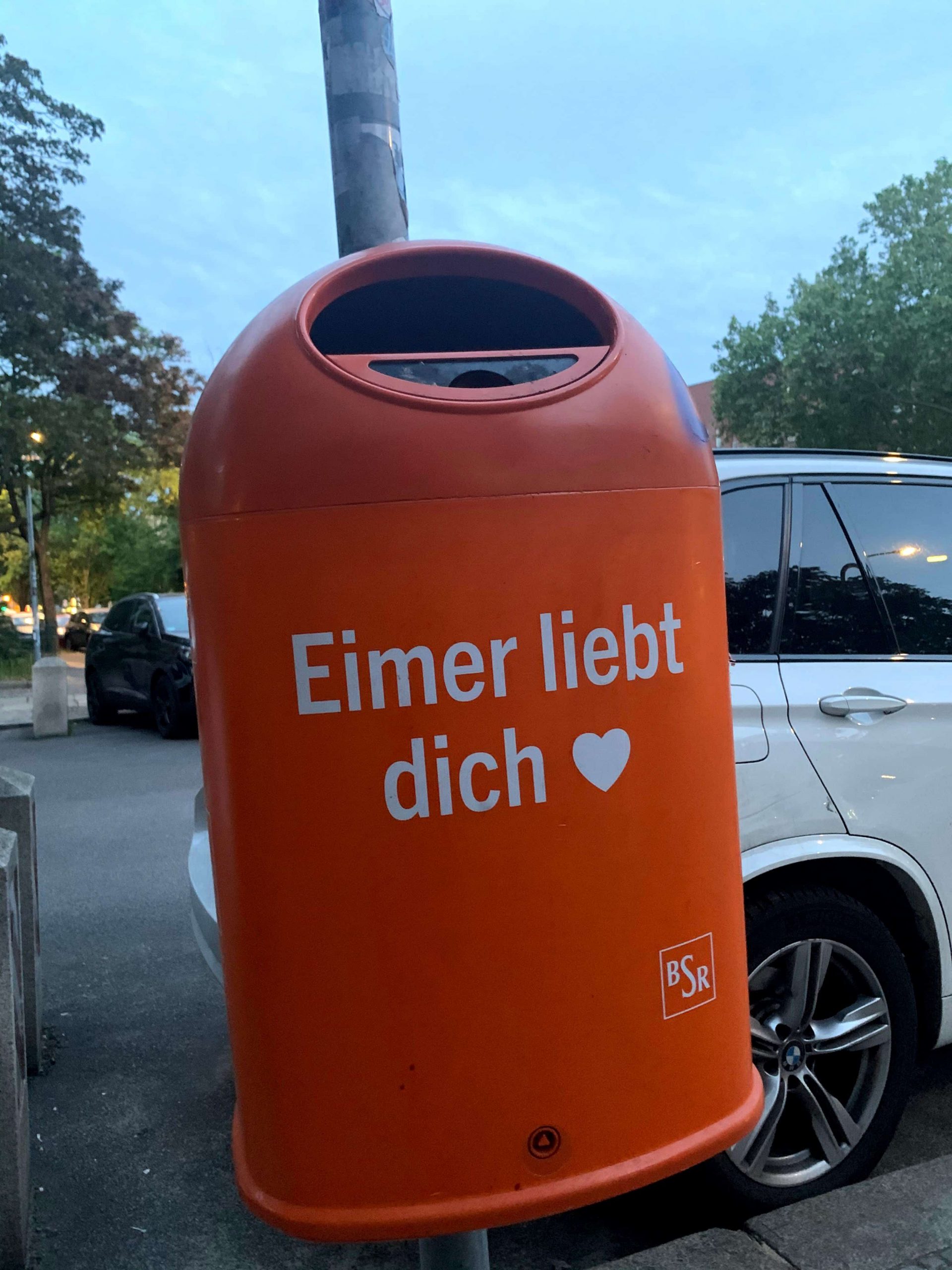


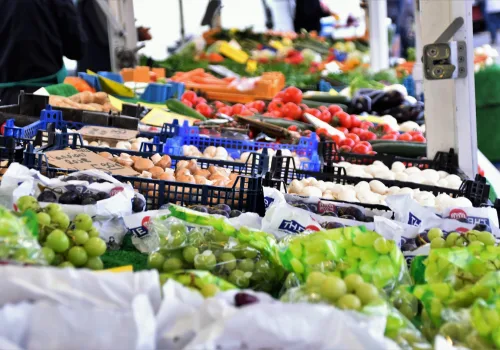
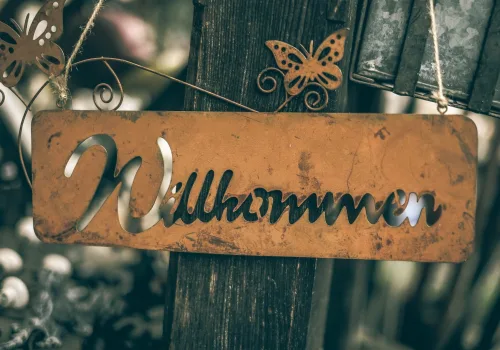

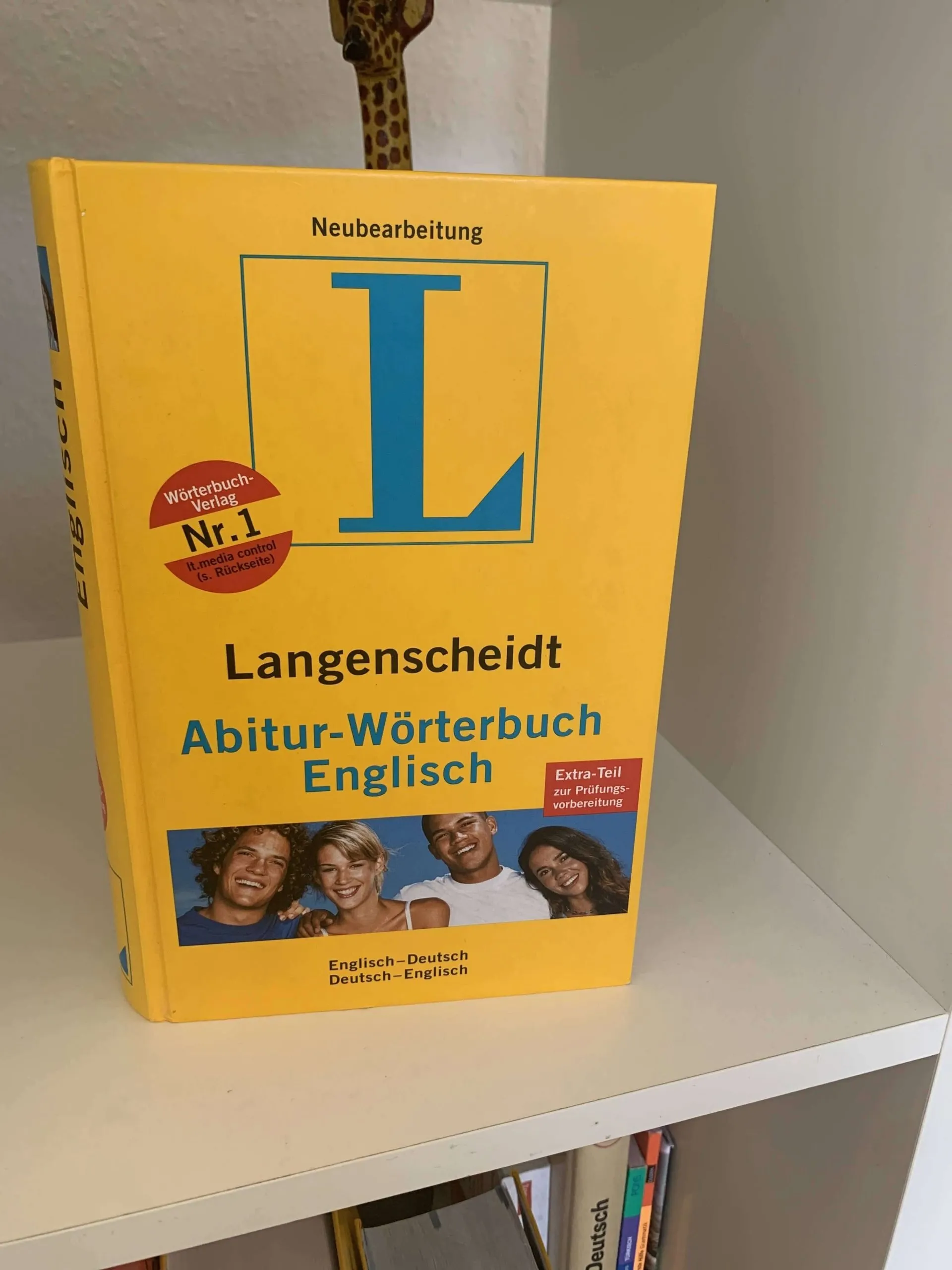
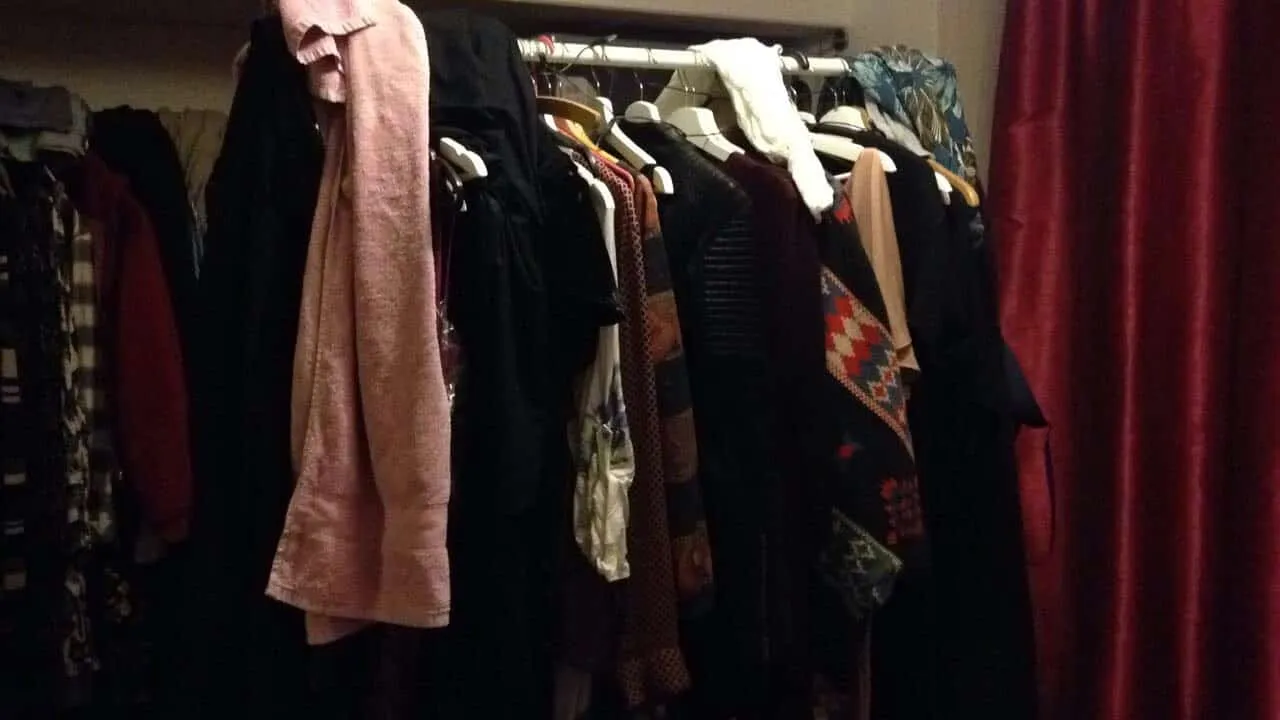
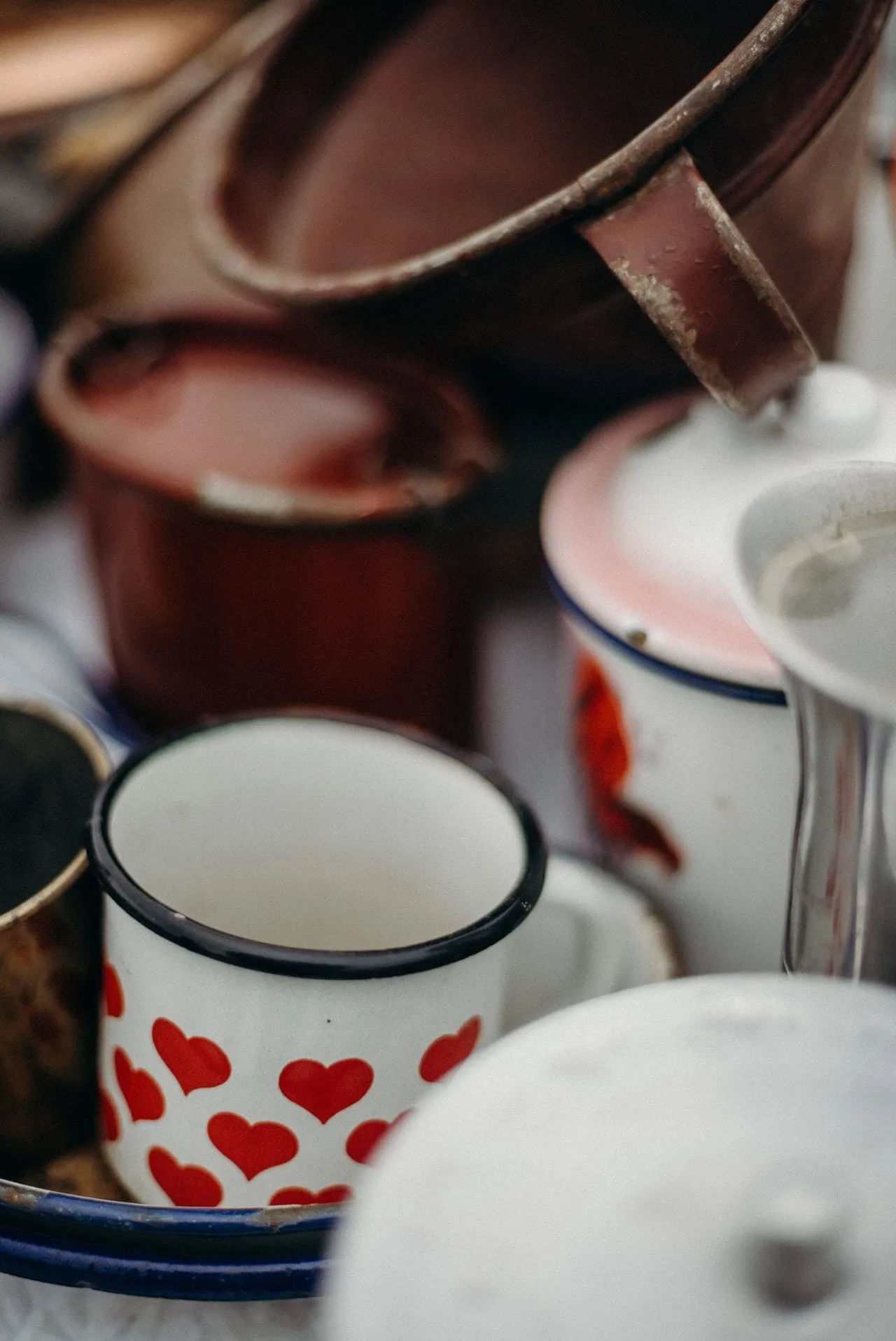
Leave a Reply